Banking Industry has gone under huge transformation
By MYBRANDBOOK
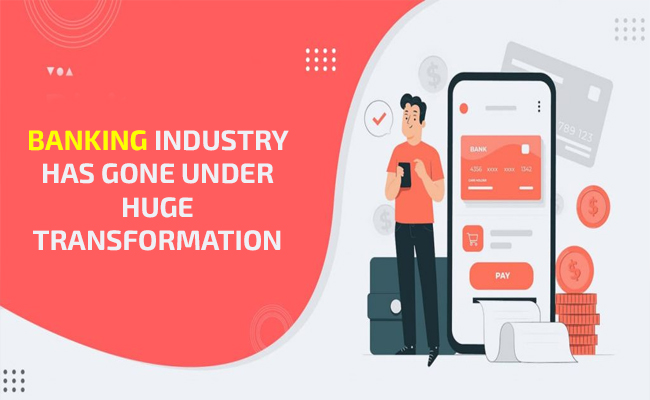
It is absolutely true that automation is transforming the banking Industry. We are witnessing disruption in the banking industry today, and how institutions are leveraging banking automation to combat to adapt to changes in the financial services landscape. Disruption from players such as digital-only banks, FinTech firms, and Big Tech companies with designs are going to move into the financial services sector all threatened to upend the banking industry, and to encroach on traditional banks’ market share in the process.
This clear and present danger has led many traditional banks to offer alternatives to traditional banking products and services — alternatives that are easy to attain, affordable, and better aligned with customers’ needs and preferences. Banks and Financial Institutions often turn to automation to fix this problem, but a fully automated, self-service experience isn’t necessarily optimal for every type of banking activity. Even when technologies can do an adequate job, consumers still want to deal with humans.
An ultimate question arises: can the human touch be incorporated on-demand into certain processes or would the option have to be built-in or pre-empted? Customers look for a bank they can trust and banks need to win that trust by leveraging automation to avert and protect against fraud. To start off, building more robust customer profiles to provide definitive insight and also simplifying the Know Your Customer (KYC) process by introducing automated verification services, would help.
Using accounts payable automation to reduce human touchpoints, automatically freezing compromised accounts are some of the ways automation would help. Banks can leverage artificial intelligence and machine learning to monitor and analyze customer spending patterns; using this data, banks can then partner with retail firms to offer customers discounts on frequently purchased products through their banking portal. Another key element to withstanding disruption is to monetize data.
Traditional banks can use data science algorithms to detect hidden patterns in the way consumers purchase and utilize products and services, which can, in turn, be used to improve product engineering or increase sales — not unlike how some businesses use data to understand how their customers spend money. For example, banks can use real-time data analytics to reveal clues about customers’ specific needs and interests and craft marketing campaigns — including targeted emails and SMS messages and special incentives — based on that information. According to research from McKinsey, data-driven marketing has the power to increase return on investment by 15%–20%.
The advantage with the banks to leverage the massive quantities of data at their disposal by combining data science, banking automation, and marketing is going to bring an algorithmic approach to marketing analysis. Marketing teams need to be able to look at what their audiences are searching for and to run test campaigns against that information. Now it is time for the Banks to have an automated fraud detection program and also detect fraudulent credit card transactions more accurately. Automation also helps to track down the sources of suspicious emails.


Legal Battle Over IT Act Intensifies Amid Musk’s India Plans
The outcome of the legal dispute between X Corp and the Indian government c...

Wipro inks 10-year deal with Phoenix Group's ReAssure UK worth
The agreement, executed through Wipro and its 100% subsidiary,...

Centre announces that DPDP Rules nearing Finalisation by April
The government seeks to refine the rules for robust data protection, ensuri...

Home Ministry cracks down on PoS agents in digital arrest scam
Digital arrest scams are a growing cybercrime where victims are coerced or ...

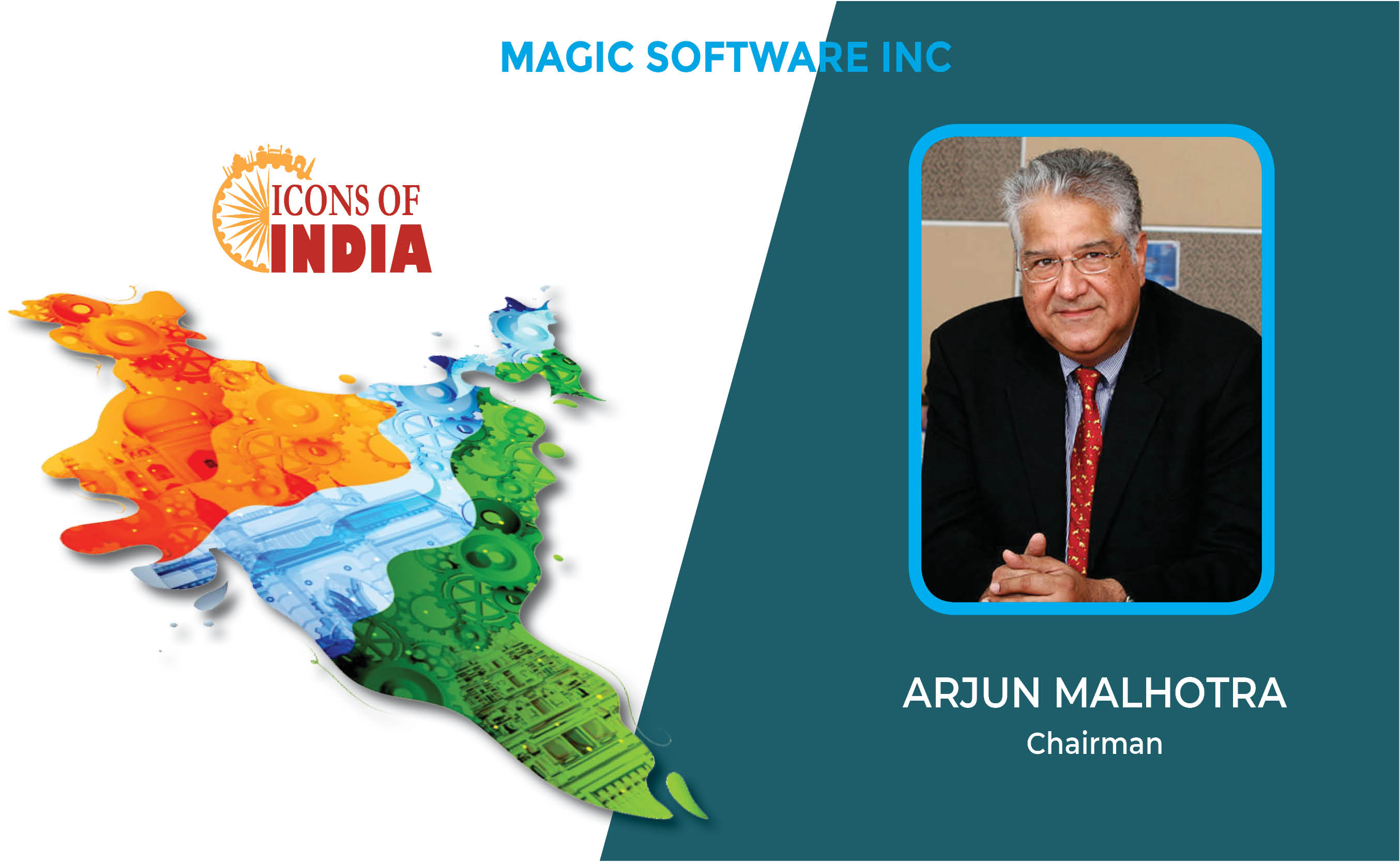
Icons Of India : Arjun Malhotra
Arjun Malhotra, the Chairman of Magic Software Inc., is widely recogni...
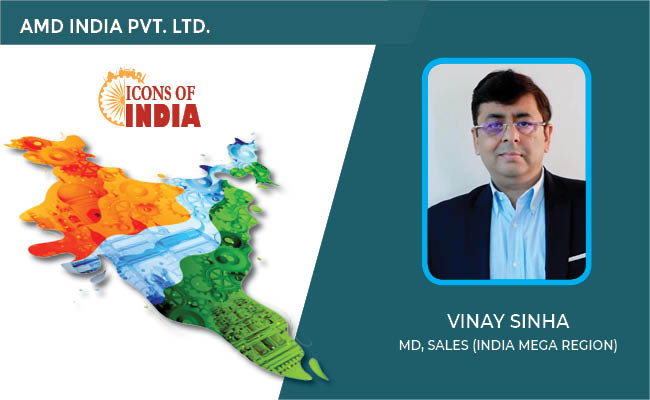
ICONS OF INDIA : VINAY SINHA
Vinay Sinha is the Managing Director of Sales for the India Mega Regio...
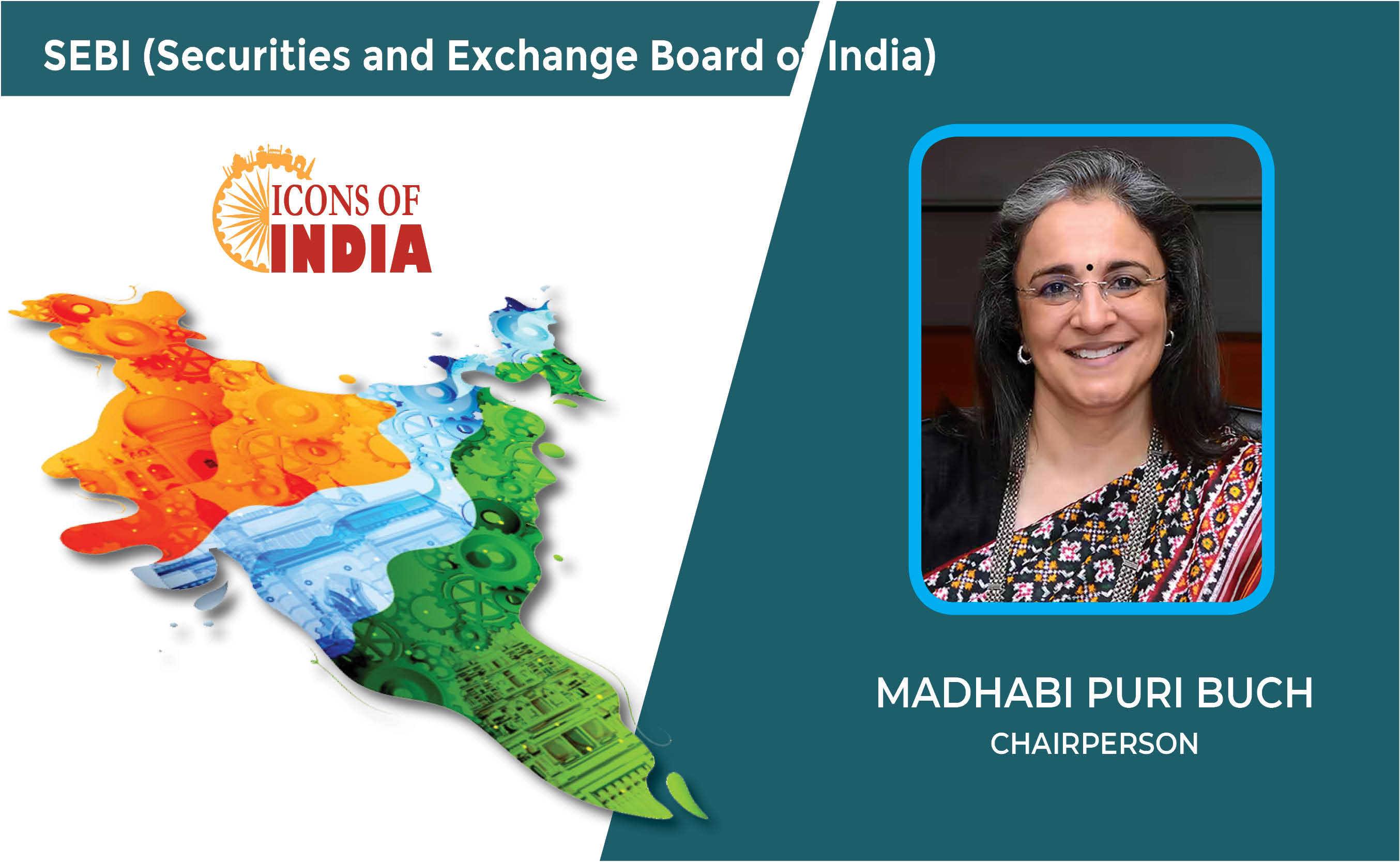
Icons Of India : MADHABI PURI BUCH
Madhabi Puri Buch is the first-female chairperson of India’s markets...

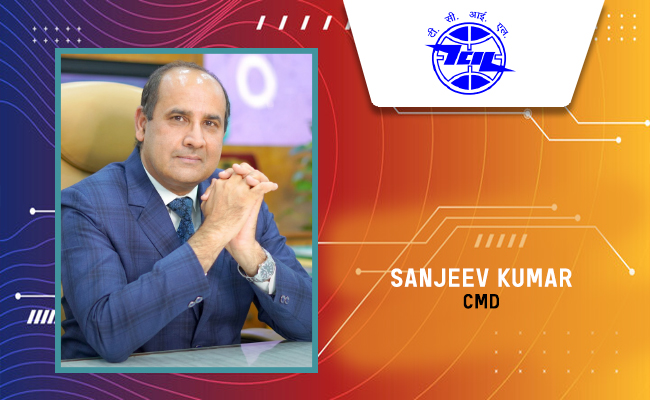
TCIL - Telecommunications Consultants India Limited
TCIL is a government-owned engineering and consultancy company...
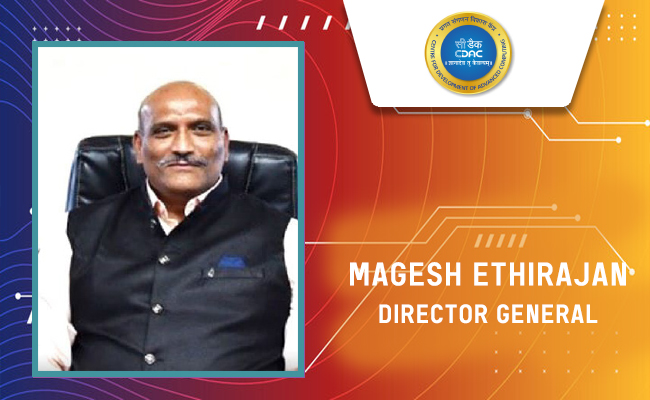
C-DAC - Centre for Development of Advanced Computing
C-DAC is uniquely positioned in the field of advanced computing...
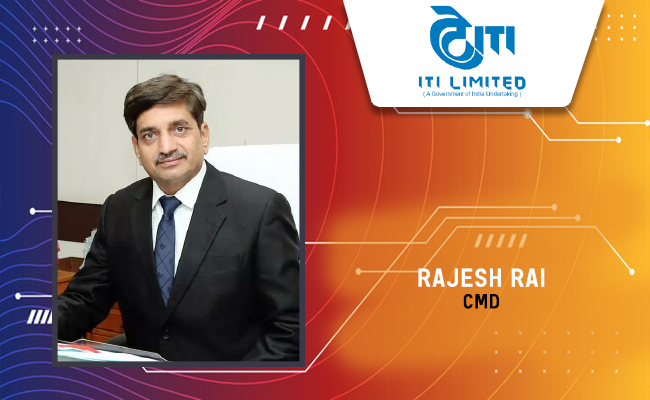
ITI - ITI Limited
ITI Limited is a leading provider of telecommunications equipment, sol...


Indian Tech Talent Excelling The Tech World - Vinod Dham, Founder & Executive Managing Partner, IndoUS Venture Partners
Vinod Dham, known as the “Father of the Pentium Chip,” has left an...
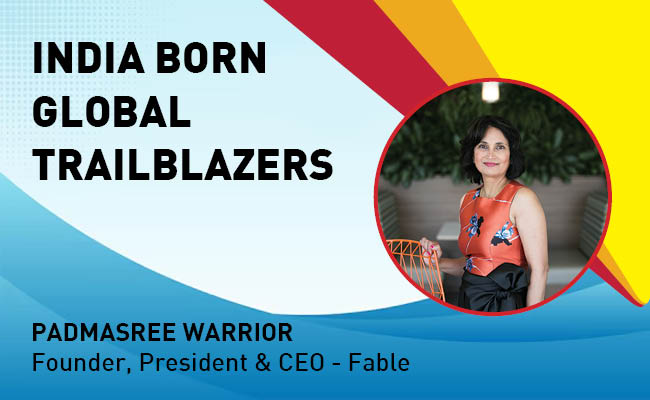
Indian Tech Talent Excelling The Tech World - PADMASREE WARRIOR, Founder, President & CEO - Fable
Padmasree Warrior, the Founder, President, and CEO of Fable, is revolu...

Indian Tech Talent Excelling The Tech World - Anirudh Devgan , President, Cadence Design
Anirudh Devgan, the Global President and CEO of Cadence Design Systems...
 of images belongs to the respective copyright holders
of images belongs to the respective copyright holders